
Fortaleza do Muxima: A Colonial Stronghold
Explore Angola's colonial past at Fortaleza do Muxima, a 16th-century fortress overlooking the Cuanza River, rich in history and cultural significance.
The Fortaleza do Muxima, constructed in 1599 by the Portuguese, stands as a significant historical landmark in Angola's Bengo Province. Overlooking the Cuanza River, it served as a military stronghold, a prison, and a key hub for the transatlantic slave trade. Today, it offers visitors a glimpse into Angola's colonial past.
A brief summary to Fortaleza do Muxima
- FXH5+5X5, Muxima, AO
Local tips
- Wear comfortable shoes as exploring the fortress involves walking and climbing.
- Engage with local culture by attending community events often held at the fortress.
- Combine your visit with a trip to the nearby Igreja de Nossa Senhora da Conceição da Muxima, an important pilgrimage site.
Getting There
-
Car
If driving from Luanda, take the EN-100 road south towards Muxima. The drive is approximately 120 kilometers and takes about 2-3 hours. Follow the signs for Muxima; the fortress is located at FXH5+5X5. Parking is available near the fortress. There are no tolls on this route.
-
Public Transport
From Luanda, take a bus from one of the city's terminals to Muxima. Bus fare from Luanda to Muxima typically costs between 4,000 to 6,000 Kwanza, and the journey takes approximately 3-4 hours. Upon arrival in Muxima, you can hire a local taxi or walk to the Fortaleza, located at FXH5+5X5. A taxi ride should cost around 1,000 to 2,000 Kwanza.
-
Taxi
Taxis are available in Muxima. A ride to the fortress should cost approximately 1,000 to 2,000 Kwanza from anywhere in Muxima. Confirm the fare with the driver before starting your journey.
Discover more about Fortaleza do Muxima
Iconic landmarks you can’t miss
Fortress of Muxima
0.4 km
Explore the rich history and stunning views at the Fortress of Muxima, a captivating landmark in Angola's cultural heritage.

Kwanza Lodge Angola
90.7 km
Experience the tranquility of Kwanza Lodge, a stunning resort hotel nestled along the banks of the Kwanza River in beautiful Angola.

LUANDA ANGOLA
92.4 km
Experience the vibrant culture, stunning beaches, and rich history of Luanda, Angola's captivating capital city.

Unmissable attractions to see
Igreja Santuário de Nossa Senhora da Muxima
0.2 km
Discover the tranquil beauty and cultural heritage of Igreja Santuário de Nossa Senhora da Muxima in Muxima, a must-visit Catholic church in Angola.
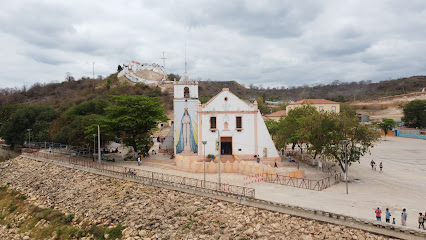
Bairro Pedreira
17.0 km
Discover Bairro Pedreira in Lucala, Angola: A vibrant cultural hub with stunning landscapes and authentic local experiences.

Aldeia de Ngolome
21.6 km
Explore the enchanting Aldeia de Ngolome, a serene Angolan village rich in culture and breathtaking landscapes, perfect for an authentic travel experience.
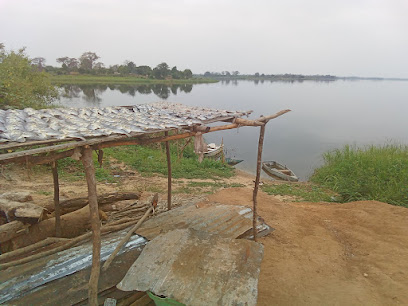
Parque Nacional do Quicama
48.4 km
Explore the breathtaking landscapes and diverse wildlife of Parque Nacional do Quicama, a premier national park in Angola, perfect for nature lovers and adventurers.

Bengo
52.9 km
Explore Bengo, Angola: Where history meets natural beauty, offering beaches, rivers, and cultural experiences.
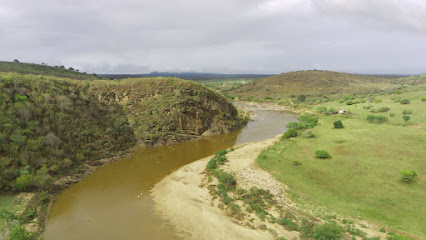
Bentinho Massaro
54.9 km
Explore the cultural richness and vibrant community of Bentinho Massaro in Catete, a must-visit tourist attraction in Angola.

Marinês de Toorkin
54.9 km
Experience the natural beauty and cultural richness of Marinãs de Toorkin, a must-visit tourist attraction in Catete, Angola.

Terra Nova Bom Jesus
56.8 km
Explore the natural beauty and rich culture of Terra Nova Bom Jesus, a captivating tourist attraction in Angola, perfect for nature lovers and adventure seekers.

O SITIO DA SUZY & EMANUEL
72.2 km
Discover the hidden charm of O SITIO DA SUZY & EMANUEL in Banza Quitel, where authentic Angolan culture meets serene landscapes.

Parque de Diversão - Quarteirão U
73.6 km
Explore the lush landscapes of Parque de Diversão - Quarteirão U, a serene park in Centralidade Zango 8000 offering recreation and relaxation for all visitors.

Parque da Quissama
74.8 km
Discover Angola's natural beauty at Parque da Quissama, a revitalized national park offering diverse landscapes and a chance to witness wildlife in recovery.
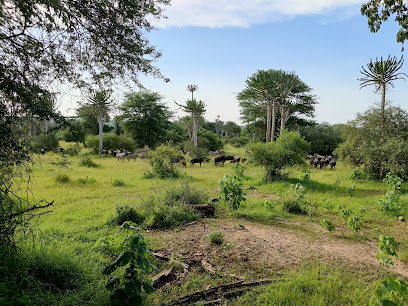
Fazenda Tungane
75.4 km
Fazenda Tungane in Calumbo, Luanda is a serene tourist attraction offering a peaceful escape amidst stunning natural beauty and rich Angolan culture.

Grutas do Cabo Ledo
77.8 km
Explore the stunning caves and rich wildlife of Grutas do Cabo Ledo, a breathtaking national reserve in Angola, perfect for nature lovers and adventurers.
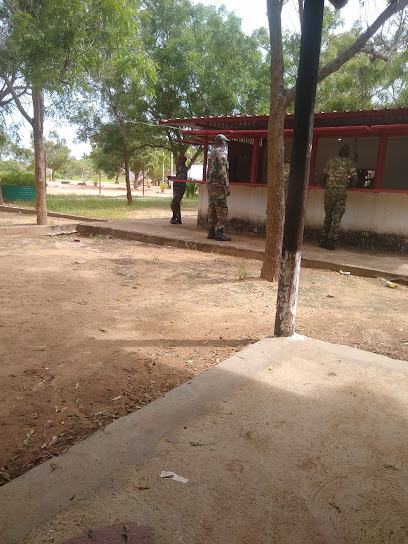
Praia
78.3 km
Discover Praia Caboledo, Angola: A stunning beach escape with golden sands, impressive cliffs, and world-class surfing waves.

Parque Nacional da Quissama
78.9 km
Discover Angola's premier national park: Witness diverse wildlife, stunning landscapes, and remarkable conservation efforts in Quissama National Park.
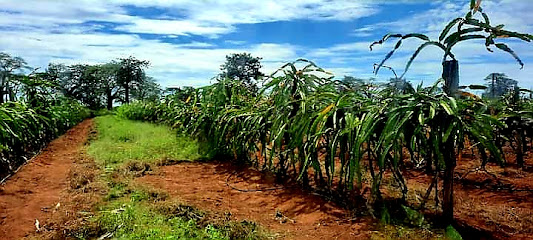
Essential places to dine
Twenty Seven Kikuxi Villas Club
89.3 km
Experience unparalleled dining at Twenty Seven Kikuxi Villas Club in Viana - where exquisite flavors meet stunning views.

Resort Kanoa do Kwanza
91.2 km
Experience authentic Angolan cuisine at Resort Kanoa do Kwanza, where stunning river views meet delightful local flavors.
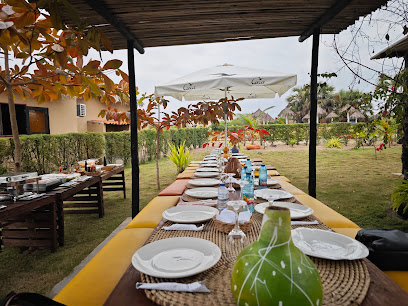
Restaurante Imbondeiro do Kwanza
93.3 km
Experience authentic Angolan cuisine at Restaurante Imbondeiro do Kwanza with stunning riverside views.
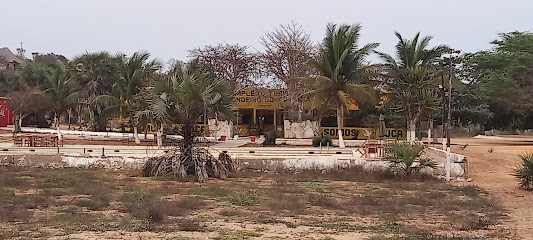
NIGIA SABORES
98.7 km
Experience the rich flavors of traditional Angolan barbecue at NIGIA SABORES in Sapu.
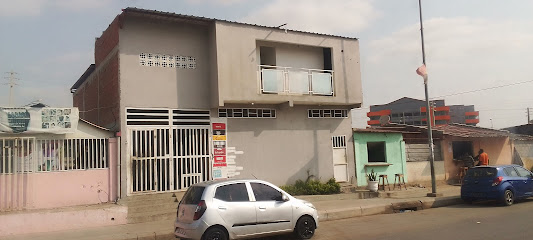
Markets, malls and hidden boutiques
Armazém da dona Sonia
52.9 km
Experience the vibrant shopping atmosphere at Armazém da Dona Sonia, a unique warehouse club in Angola offering a diverse range of products.

mimos da ventura
63.8 km
Explore Mimos da Ventura - a treasure trove of unique home goods reflecting the vibrant culture and craftsmanship of Angola.

Angomart camama
63.9 km
Explore the heart of Angolan culture at Angomart Camama, where local crafts and delicacies meet a unique shopping experience in Mazozo.

The Blacks
66.8 km
Explore The Blacks in Luanda for unique fashion accessories that embody local culture and craftsmanship, perfect for gifts and souvenirs.

NC MUTANGO
68.0 km
Explore Luanda's unique second-hand gems at NC MUTANGO, where every item has a story waiting to be discovered.

Loja Jerunaza
73.8 km
Discover the essence of Angola at Loja Jerunaza, where local craftsmanship meets vibrant culture in the heart of Luanda.
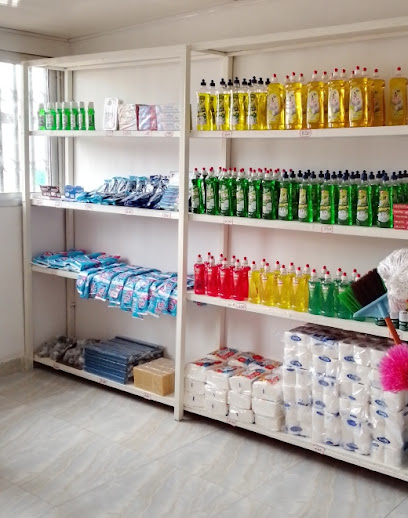
Nádia Cabeto
76.5 km
Discover the vibrant culture of Angola through unique local products at Nádia Cabeto in ZangoIII, a must-visit destination for tourists.

LONDACA,LDA
76.5 km
Discover the essence of Viana at LONDACA,LDA, where local culture meets vibrant shopping in a unique store experience.
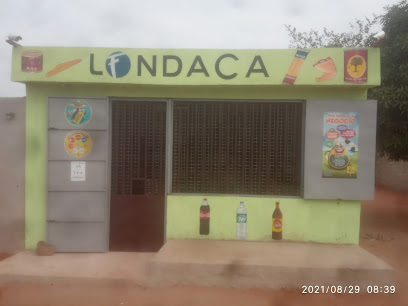
Agostinho Pedro
77.4 km
Explore Agostinho Pedro, a vibrant department store in Zango IV, where diverse shopping meets local culture in a lively atmosphere.

Viana Park
77.6 km
Discover the lively shopping and cultural experience at Viana Park in ZangoIII, a perfect blend of local charm and modern retail.
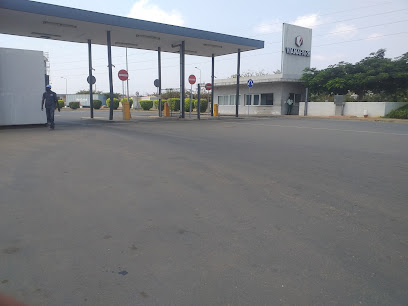
Casa Ísis
77.7 km
Explore Casa Ísis in Zango IV for unique clothing that beautifully blends modern and traditional Angolan styles, perfect for any fashion lover.

GRENA Comercial
77.9 km
Experience the best of Luanda with unique bagel creations at GRENA Comercial, where local flavors meet traditional recipes.

Cantina da Nisa
77.9 km
Explore the unique collectibles at Cantina da Nisa, where each item tells a story of Angolan culture and heritage.

Maybe Business
78.1 km
Explore a vibrant collection of local fashion at Maybe Business in Zango IV, where style meets culture in Angola.

Royal Joias Angola
78.7 km
Discover the elegance of Angolan craftsmanship at Royal Joias Angola, where every piece of jewelry tells a story.

Essential bars & hidden hideouts
Restaurante Colonial
64.5 km
Experience the lively atmosphere and local culture at Restaurante Colonial, a must-visit bar in the heart of Catete, Angola.

Cuanza River Dock
75.9 km
Experience the natural beauty and serene atmosphere of Cuanza River Dock, a perfect getaway for boating and relaxation in Angola.
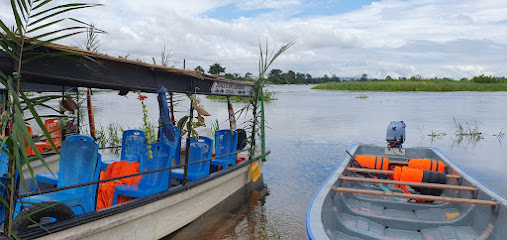
Cidadão Comum Bar
78.0 km
Discover the vibrant nightlife of Luanda at Cidadão Comum Bar, where local culture and lively atmosphere blend perfectly.

MAMIGUEL
78.0 km
Experience the vibrant nightlife at MAMIGUEL, a lively bar in Zango IV, offering a unique blend of local culture and delicious drinks.
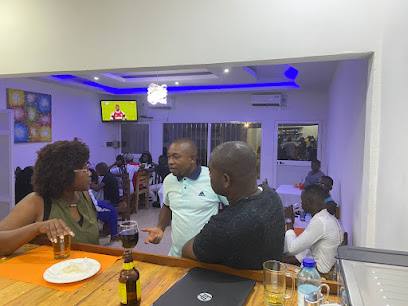
O Bar do Amigo
78.5 km
Experience the vibrant karaoke culture at O Bar do Amigo in Luanda - where every night is a celebration of song and friendship.

Bar Zema
78.7 km
Experience the vibrant nightlife of ZangoIII at Bar Zema, where local culture meets an inviting atmosphere and delightful drinks.

Rita Paim bar
78.7 km
Discover the vibrant nightlife at Rita Paim Bar in Zango IV, a perfect blend of local culture, delicious drinks, and warm hospitality.

Bar Boteco
78.8 km
Experience the vibrant nightlife of Luanda at Bar Boteco, a lively pub with delicious drinks and a welcoming atmosphere.

Bar/R5-Ferreira
79.1 km
Experience the lively atmosphere and creative cocktails at Bar/R5-Ferreira, a must-visit cocktail bar in Luanda's vibrant nightlife.

LISBOA .0 Bar Longe e Hospedaria
79.5 km
Experience the vibrant culture and nightlife of Luanda at LISBOA .0 Bar Longe e Hospedaria, where great drinks and local music await.

Sea Cool
80.1 km
Dive into the lively atmosphere of Sea Cool, a premier girl bar in Zango IV, offering exquisite drinks and unforgettable entertainment for all.
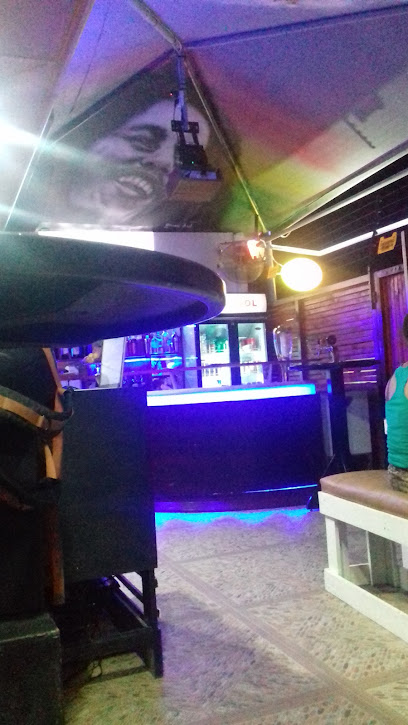
Kubata Bar & Lounge
80.1 km
Discover the vibrant atmosphere of Kubata Bar & Lounge in ZangoIII, where local drinks and lively entertainment await you.

Snack-bar & Grill Offshore
82.0 km
Discover the vibrant atmosphere and local flavors at Snack-bar & Grill Offshore in Muxima, Angola, your perfect dining retreat.

Grupo LAE - Cocktail
82.0 km
Discover the vibrant nightlife of Luanda at Grupo LAE - Cocktail, where expertly crafted drinks and a lively atmosphere await.

QPOINT Lounge
82.4 km
Discover the vibrant nightlife of Caboledo at QPOINT Lounge, where delicious drinks and a lively atmosphere await every visitor.




